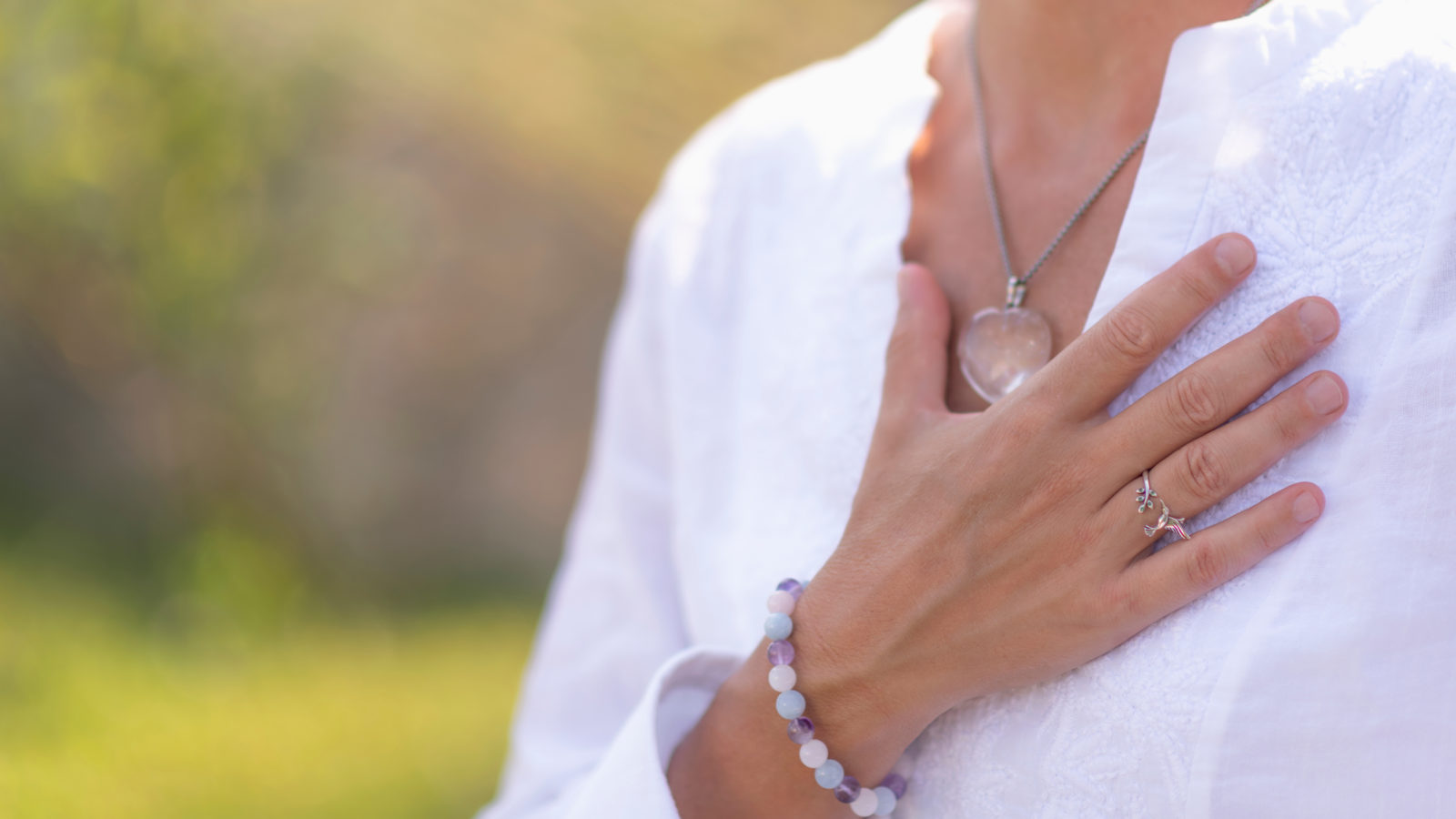Gratitude is one of many positive emotions. It’s about focusing on what’s good in our lives and being thankful for the things we have.
A 2019 study published in the Journal of Happiness Studies found that gratitude is linked to happiness in children by age 5. This means that instilling gratitude in your kids at a young age could help them grow up to be happier people.
Gratitude is pausing to notice and appreciate the things that we often take for granted, like having a place to live, food, clean water, friends, family, even computer access. It’s taking a moment to reflect on how fortunate we are when something good happens — whether it’s a small thing or a big thing.
BENEFITS OF GRATITUDE
Gratitude doesn’t just feel good. Making a habit of gratitude can also be good for us. Like other positive emotions, feeling grateful on a regular basis can have a big effect on our lives. Brain research shows that positive emotions are good for our bodies, minds, and brains in many ways.
- Positive emotions open us up to more possibilities by boosting our ability to learn and make good decisions.
- Positive emotions balance out our negative emotions. People who often feel grateful and appreciative are happier, less stressed, and less depressed.
- One positive emotion often leads to another. When we feel grateful, a snowball effect can occur and we might also feel happy, calm, joyful, or loving.
- Gratitude can lead to positive actions. When we feel grateful for someone’s kindness toward us, we may be more likely to do a kindness in return. Consequently, your gratitude also can have a positive effect on someone else’s actions.
- Gratitude also helps us build better relationships. When we feel and express heartfelt gratitude and appreciation to people in our lives, it creates loving bonds, builds trust, and helps you feel closer to others.
PARTS OF GRATITUDE
- Noticing Start by becoming aware of a person, place or thing you want to appreciate. Did someone do something nice for you? Did someone give you something or take you somewhere fun?
- Thinking, Start thinking about why you’ve been given these things. What are all the reasons why you are thankful for this person or thing?
- Feeling The emotions you experience as a result of the things you’ve been given. When you think about these special things or people how do you feel? Happy, silly, excited, calm, peaceful or proud?
- Doing The way you express appreciation. What can you do to express your gratitude for this person, place or thing? Think actions.
WAYS TO EXPRESS GRATITUDE
Manners
Manners are really the first place we should start to build gratitude in our children. Once we have nailed please and thank-you’s down, we can move onto some more complex items.
Manners show that we don’t feel we are just entitled to things, just because.
Encourage please’s and thank-you’s in your children every day and model them yourself.
Offer gentle reminders where needed.
It might feel like you are forcing this, but it’s still the first step. Don’t be shy to discuss why you are nagging at them to say thank you over and over.
And remember, kids want our approval, so noticing when they do nice things can go a long way. “I really liked the way you said thank you earlier”.
Make Kindness Automatic
Kindness is free. So spread that super magic dust everywhere!
…and kindness is something that you CAN teach. To your children.
There are so many ways to be kind:
…you can simply give compliments, share things, help someone in need, pick up garbage, visit a friend, volunteer, or donate something…
Find the WOW in your day
Teach your kids to look for the extraordinary even in the ordinary.
If the sunset is particularly beautiful, comment on it. If the sound of the baby’s laughter warms your heart, tell your children. Encourage them to look for their awe-inspiring moments and share them with you.
If we start to see the world with fresh eyes, we realize almost everything is different all the time — the school yard, the smell in the air, the smiles of our friends, even the emotions we experience.
Always Look on the Bright Side
It’s about shifting our mindset from positive to negative. We need to start to see the positive in things —even if things don’t turn out the way we want.
If it’s raining on your child’s outdoor birthday party, you could point out that while it’s disappointing, instead you will have an epic games day inside.
Ask questions that help your child see another side of a bad situation.
Play a game where you always rephrase a complaint to something positive.
Turn “I hate broccoli,” into, “well even though I don’t really care for broccoli, it’s keeping me healthy and growing strong.”
By teaching this mindset we set in motion a domino effect for your child’s brain to start to automatically fire this way. It doesn’t happen overnight, but in time, change happens.
Work Through Envy
Jealousy and envy are two of the dreaded states of mind that can cause a lot of hardship.
Teach your children to work through feelings of jealousy. To appreciate what they have and to STOP comparing themselves to others.
Model Gratitude
Model gratitude yourself.
Your child will organically learn things from you. If you don’t practice gratitude, they won’t either. Monkey see monkey do. Be the change you wish to see. Start by dropping me a comment and let me know what you are grateful for today.
Next week we will be discussing specific ways and techniques to practice gratitude with your child.
Interested in finding out more tips and tricks to help your child with emotion management? Sign up for our email list here.

